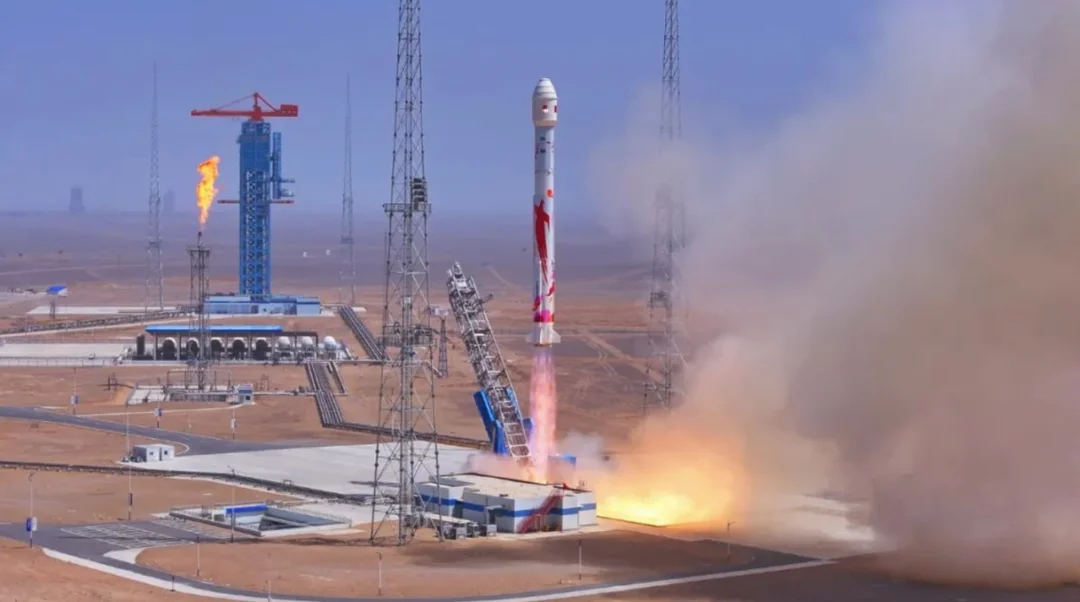
LandSpace Achieves Milestone with Enhanced Methane-Powered Rocket Launch, Eyes Reusability
China's LandSpace has successfully launched six satellites into orbit using its enhanced Zhuque-2E Y2 carrier rocket, marking a significant step in the company's pursuit of reusable rocket technology. This achievement underscores the growing importance of methane as a cleaner and more cost-effective fuel for space launches, positioning LandSpace as a key player in the burgeoning commercial space industry.
On May 17, 2025, the Zhuque-2E Y2 blasted off from the Jiuquan Satellite Launch Center, northwest China. This launch represents the fifth flight for the Zhuque-2 series and highlights LandSpace's commitment to methane-liquid oxygen propulsion, a technology they pioneered globally in July 2023, ahead of competitors like SpaceX and Blue Origin.

The mission carried six Tianyi spacecraft built by Spacety, including satellites for radar imagery, optical remote sensing, and space science experiments.
Li Xiaoming, vice-president of Spacety, explained that the payload included a radar satellite capable of all-weather Earth observation and detecting minute surface shifts, vital for urban development and infrastructure monitoring.
This launch also showcased several technological advancements. The second Zhuque-2E featured upgraded Tianque-12A engines and a 4.2-meter-diameter composite payload fairing. LandSpace also deployed quasi-real-time wind correction technology for the first time, demonstrating its dedication to innovation.
Notably, the Zhuque-2E Y2 incorporated a propulsion method involving chilling both liquid oxygen and methane below their boiling points to boost thrust. This, coupled with other technical improvements, aligns with the company's long-term goal of developing reusable rockets to reduce launch costs and improve space transportation efficiency. LandSpace CEO Zhang Changwu has stated that the company anticipates conducting a test launch of their reusable rocket in the second half of 2025.
The launch comes amid a surge in China's commercial space activity, fueled by government policies allowing private investment since 2014. This latest mission underscores China's growing capabilities in space technology.
What does this successful launch signify for the future of commercial spaceflight? Will LandSpace's focus on methane propulsion and reusability put them ahead of their global competitors? Share your thoughts in the comments below.